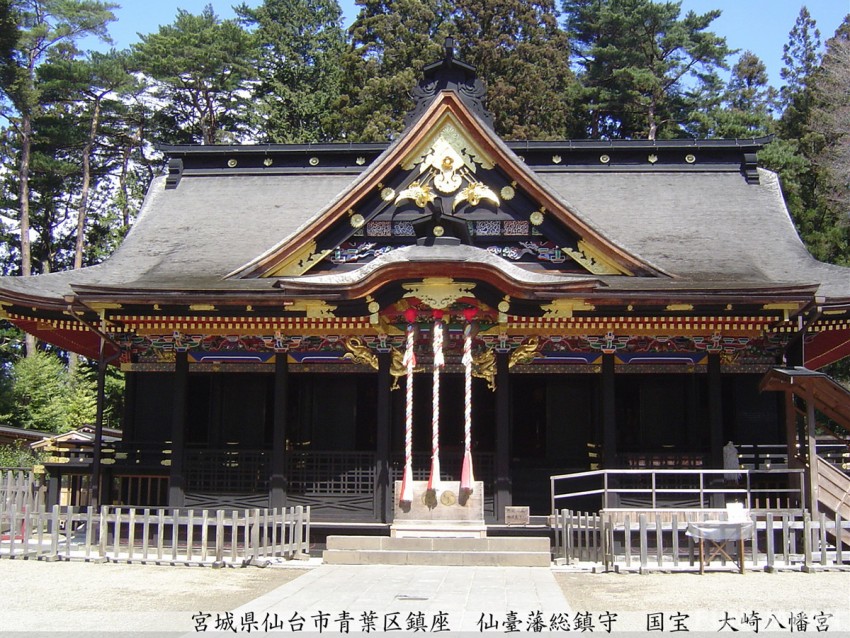
Osaki Hachimangu Shrine has over 400 years of history since being relocated. Within you will find national treasures, Important Cultural Properties of Japan, and Cultural Properties of various countries, prefectures, and cities. If you're interested in the history of Sendai, this is a spot you can't afford to miss.
About Osaki Hachimangu Shrine
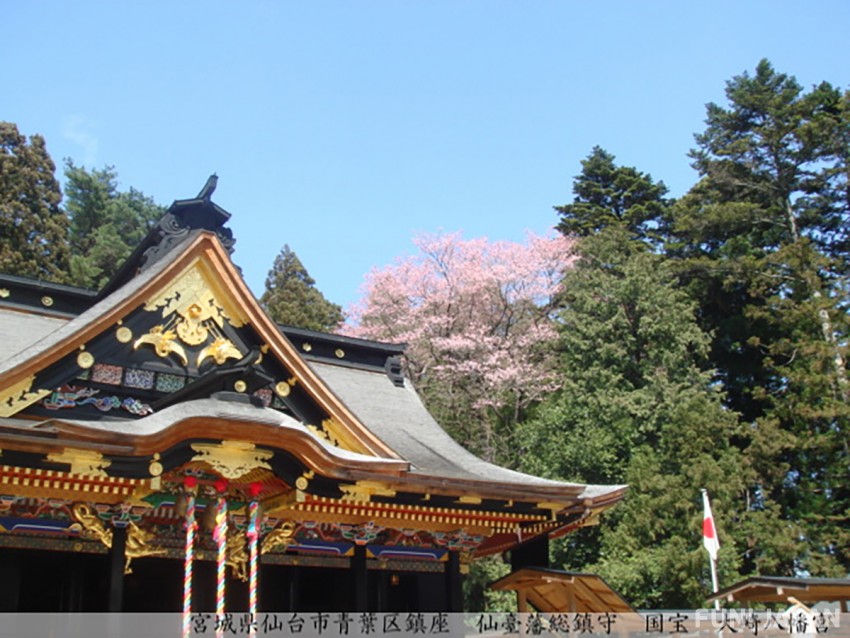
Osaki Hachimangu Shrine's history stretches all the way back to around the year 760. During the period of around 1300 to 1500, it was enshrined under the name "Chinjufuhachimangu" but relocated to its current location in Ōsaki, Miyagi Prefecture being renamed to the current name, Osaki Hachimangu Shrine.
In the year 1607, the current ruler of Sendai Masamune Date moved an object of worship believed to contain the spirit of a deity (Shintai) and created the shrine to hold it. From around the year 1860 to 1910 the shrine's name temporarily changed to "Osaki Hachiman Jinja" but was changed back to "Osaki Hachiman-gu" in 1997 after reaching 400 years of history since relocating.
What to See at Osaki Hachimangu Shrine

When visiting Osaki Hachimangu Shrine, the first thing that will enter your vision will be the framed picture that is hung over the torii gate. "Hachimangu" is written in beautiful golden leaves. The "Hachi" (八)portion of this is taking the shape of a dove which has received very high praises from tourists.
Some other things we highly recommend checking out whilst here has to be the shrine's main building and the Nino Torii Gate, both of which are recognized as Important Cultural Properties of Japan.
Main Building
The main building of the shrine uses an "Ishi-no-ma-zukuri" style of architecture, which means the worship hall and main sanctuary are interconnected under the same roof in the shape of the letter H.
The exterior of the building is black with golden engravings, giving the shrine a solemn atmosphere. From a distance, you may think the shrine is jet-black, however, if you look up, you will see the mountain of colors built upon a beautiful red base. There are various sculptures seen here such as dragons and flowers all in red.
Nino Torii Gate
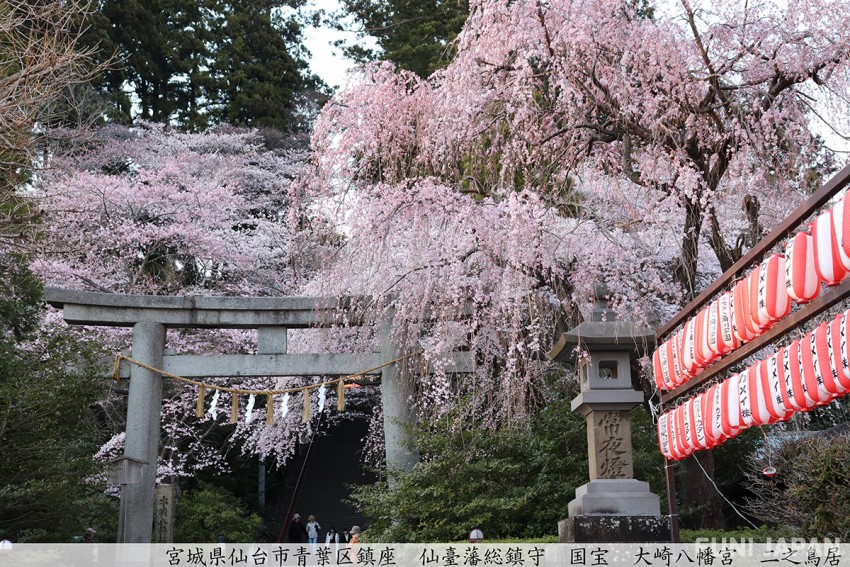
Nino Torii is a stone gate that was built in the year 1668. The entrance is slightly smaller than the Shinto shrine archway, however, this is the sole Important Cultural Property of Miyagi Prefecture located within the shrine.
Nearby to the shrine, you'll find lots of weeping cherry and Yoshino cherry trees. When spring comes around, the location is painted pink with cherry blossom petals, and you can see some beautiful sights.
Osaki Hachimangu Shrine Festival
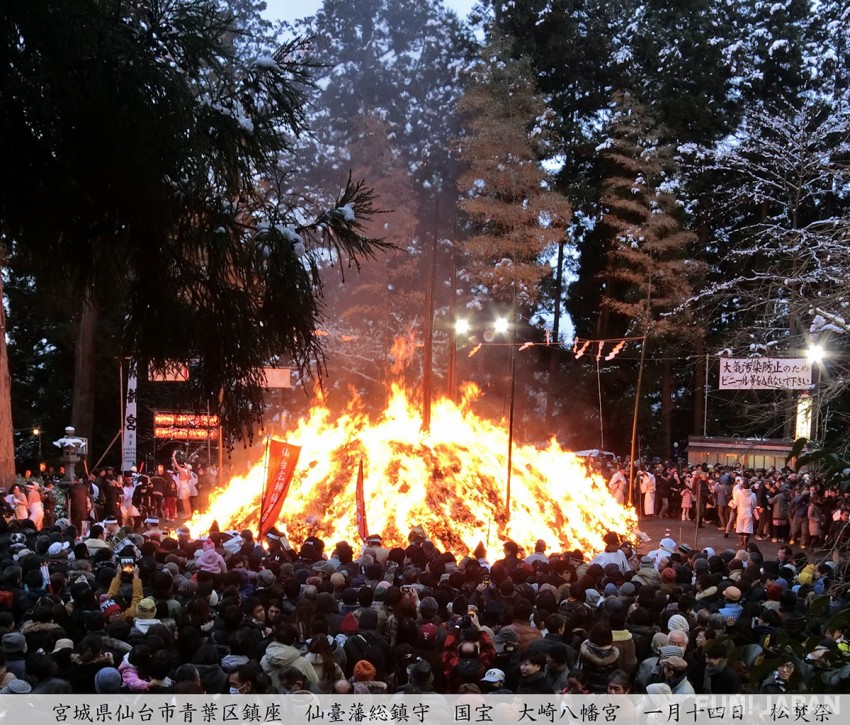
Osaki Hachimangu Shrine has many events throughout the year. For example during the Star Festival or the celebration of a child’s third fifth and seventh years festival, it even celebrates Japan's "Setsubun" festival!
Within these, we especially recommend the Hatataki Festival. It takes place on the evening of January the 14th and sees the lighting of the various new year's decorations.
This is a festival that has over 300 years of history and is the largest festival of its kind nationwide, so if you get the chance we highly recommend visiting.
The Hatataki Festival was recognized as an Intangible folk cultural asset in 2005.
How to Get to Osaki Hachimangu Shrine, Business Hours, and Entrance Fee
- Address: 4 Chome-6-1 Hachiman, Aoba Ward, Sendai, Miyagi 980-0871
- Access: Directly next to the "Osakihachimanmiyamae" bus stop which can be reached from stand 10 or 15 of Sendai West Exit
- Business Hours: Prayer Times 9:00 - 16:00 / Shrine Store 9:00 - 17:00
- Entrance Fee: None
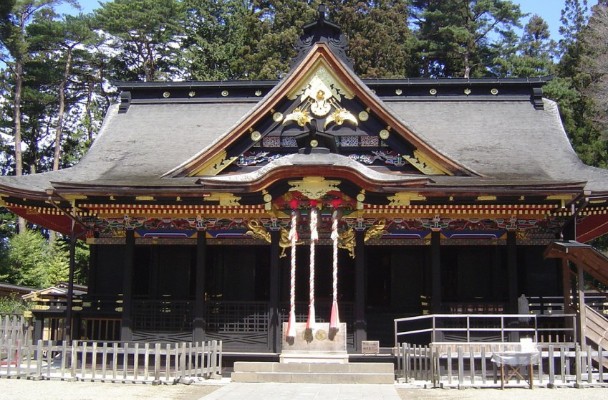
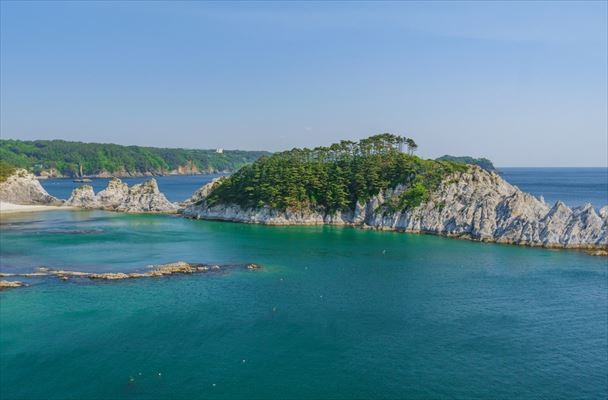
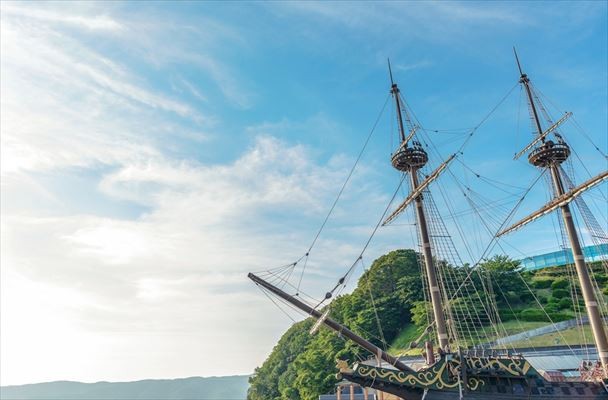
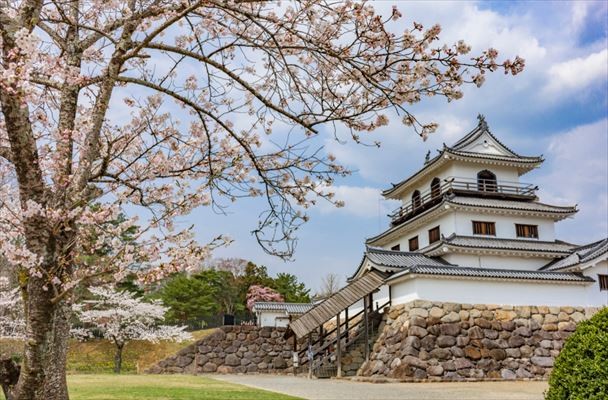
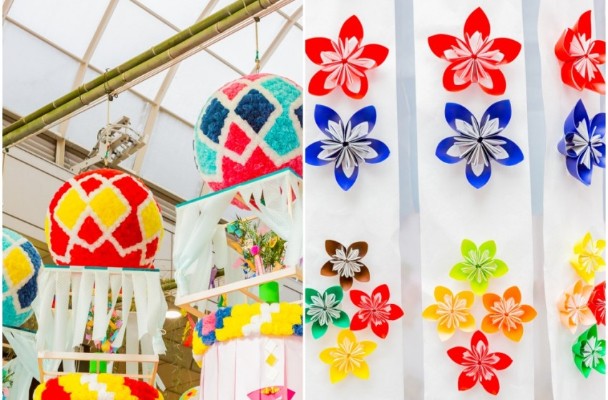
Comments